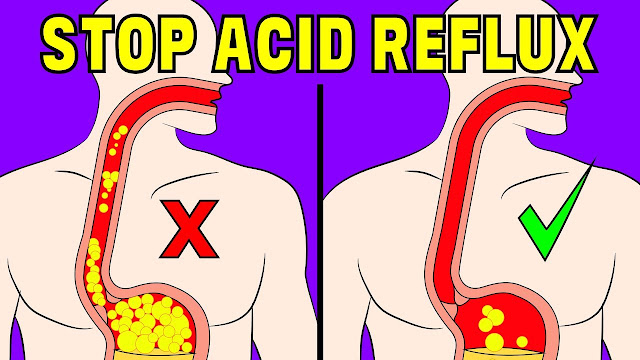Five Simple Ways to Use Food to Quickly Lower Blood Pressure
Adjust your diet to stabilize your blood pressure.
Are you struggling with hypertension? A few dietary adjustments are something you may want to think about. As explained by Martha Theran, RD, Nutritionist at Pritikin Longevity Center, eating habits can have a significant impact on blood pressure normalization (Eat This, Not That!). You can get your blood pressure closer to normal or even inside a perfectly healthy range by eating a diet that is minimal in calories, nutrients, and processed foods. Within a few days, you'll typically notice a difference," she says. These are five important habits you should get into.
1. Cook More at Home

Cooking more at home is her first piece of advice. "The DASH recommends cooking at home since it is a significant factor in lowering blood pressure. This entails eating as little processed food as possible, avoiding takeout and restaurant meals, and consuming as little fast food as possible, she explains. "Making your own homemade meals from fresh, low-calorie and nutrient-dense food helps you lower your sodium and sugar intake while increasing your intake of powerful blood pressure-lowering nutrients, like potassium, antioxidants and fiber."
2. Increase Your Fiber Intake
She also suggests increasing your consumption of fiber. "Consuming plenty of fiber has been shown to help prevent hypertension," according to her. "Fiber is found in nearly all unprocessed plant foods, so eating fresh vegetables not only helps in increasing fiber intake, but it also aids in lowering your blood pressure."
3. Reduce Your Consumption of Sodium
"A low sodium diet is the recommended approach to controlling high blood pressure because high amounts of sodium, found in basically all processed and packaged foods, are known to worsen high blood pressure by impacting fluid retention and how arteries dilate," according to her. "Sodium is a type of electrolyte that's balanced by other beneficial electrolytes like potassium and magnesium to keep blood pressure within a healthy range."
4. Increase Your Potassium Intake
Fourth, increase your potassium intake. "High blood pressure, hypertension, and cardiovascular disease are all exacerbated by a diet heavy in salt and deficient in potassium. The third most prevalent mineral in the body, potassium is found in foods including green vegetables, bananas, sweet potatoes, organic dairy products, beans, and avocados. It works with sodium to carry out a number of vital processes, including lowering blood pressure. "Sodium excretion is naturally increased by potassium," she says.
5. Drink plenty of water
Don't forget to include "hydrated" at the end. "Drinking enough water each day is important for preventing dehydration and balancing fluids," she states.

%20(5).jpg)





%20(1).jpg)

%20(19).jpg)
%20(6).jpg)